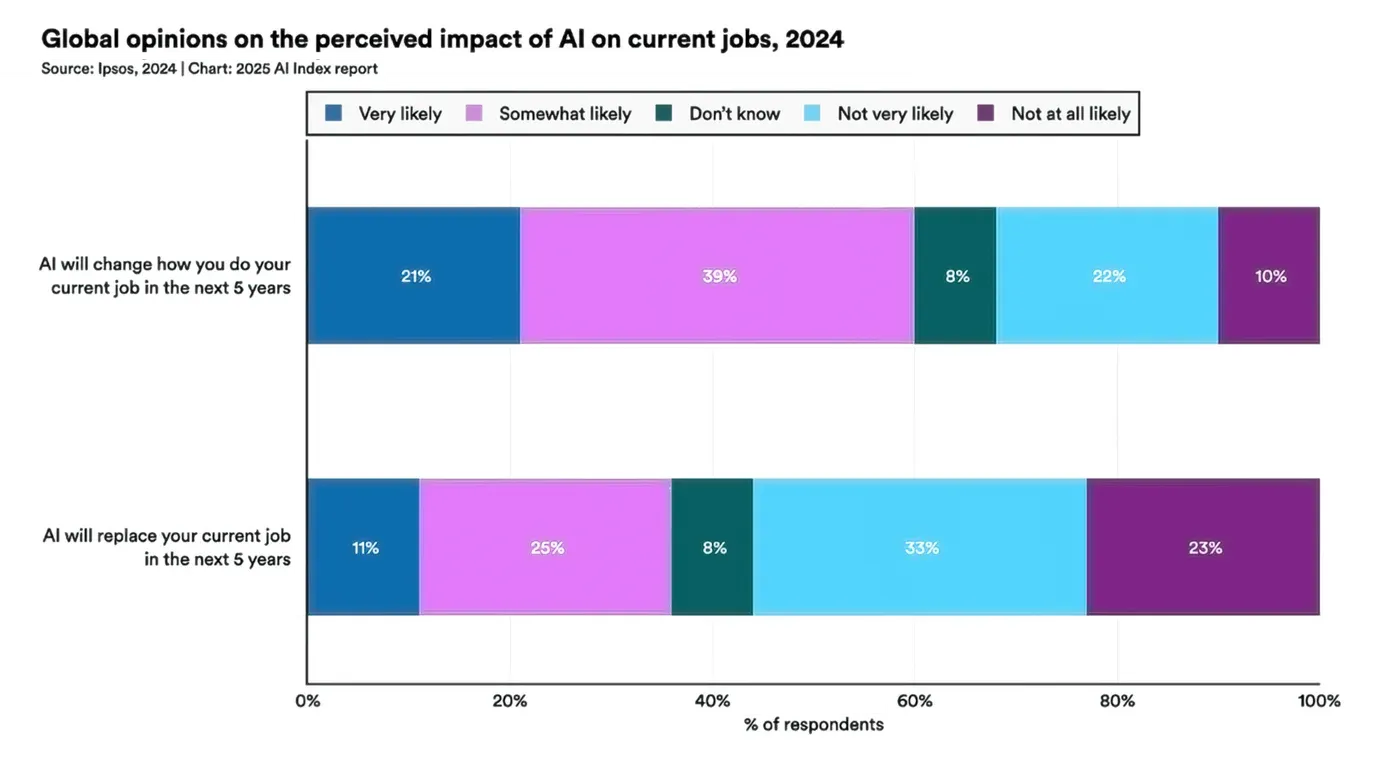Its CEO proposed a strategy many SEO teams would consider heresy: reduce reliance on search traffic.
He’s set up a membership program for instance, which currently has more than 2,000 paying subscribers. He’s thinking about other formats that should be resilient to AI, like book publishing and an app. And he’s not giving up hope.
All that makes sense. The path forward reminds me of AOP's Richard Reeves interview with The Drum.
Publisher independence begins with moving away from a single-source approach:
The ad market is simply too capricious to be relied upon as a sole source of funding. Display advertising may still be the largest revenue driver, but its total share has shrunk significantly, with subscriptions now nipping at its heels at nearly a third of premium publishers’ revenues.
What about subscriptions? This model will eventually reach saturation. For stability, look to diversified, complementary revenue streams:
With many publishers pursuing advertising and subscription models in tandem, we’re also seeing the ways the two complement one another. When you no longer have to extract maximum value from every fly-by-night visitor dropped by a search engine, you can take a quality-over-quantity approach. A core, loyal, cultivated audience is ideal for direct deals and private marketplaces, cutting out the programmatic bloat that can make many corners of the web unnavigable.
Here's the rest of the article.
